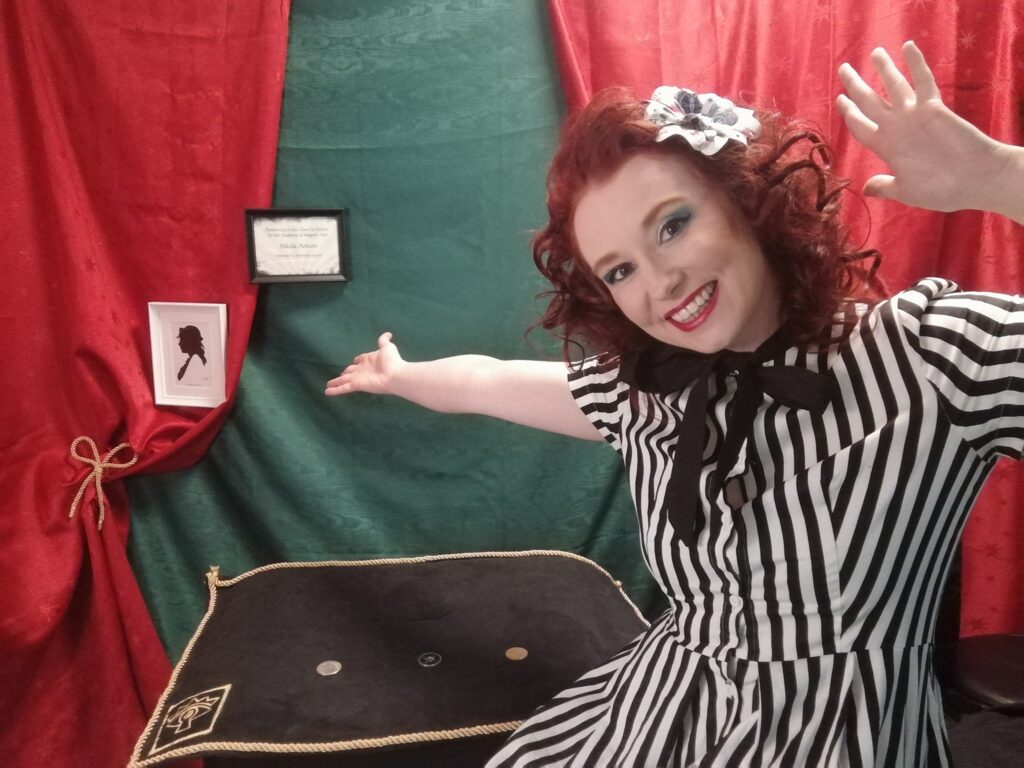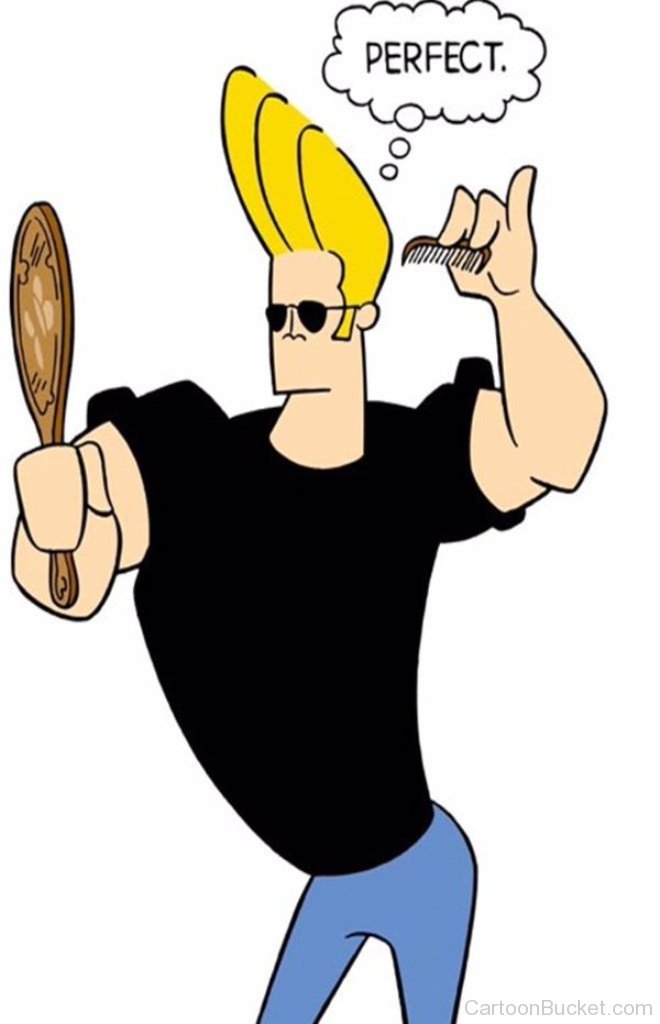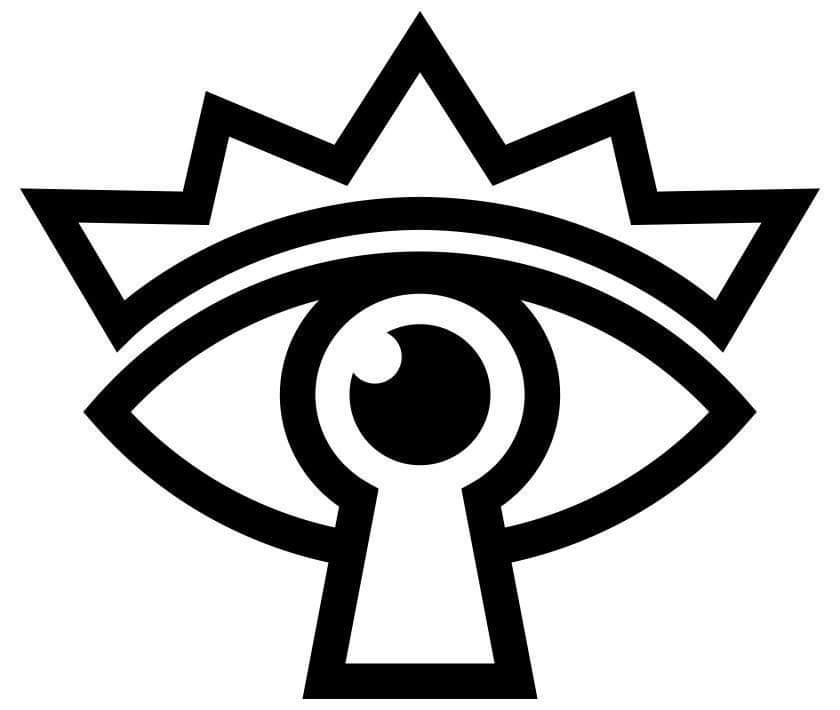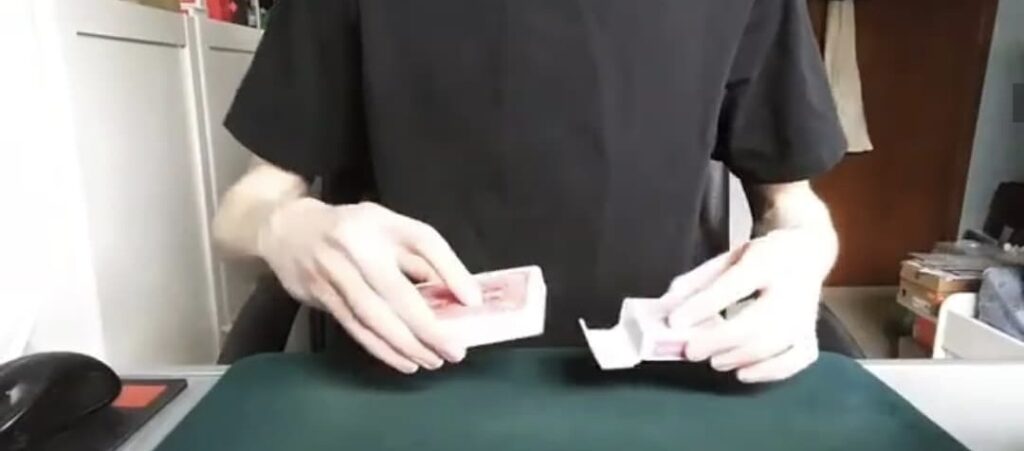Lights, Camera… WAIT!

One of the best lessons I ever learnt about performing from an expert is that we must perform.
I know this is a very strange sentence but since isolation has hit the world of magic, our online presence as an industry has exploded! This is wonderful for us magicians however, like all things it exposes some very bad performances that shouldn’t be put online as soon as they are and lots of bad technique.
It’s not always necessarily bad in terms of the magical effect – though sometimes it suffers too – but the focus in some videos is not really where it should be. I have one answer to why this might happen.
Mirror Damage
I learnt this term after making my very first attempts at recording myself on camera in 2018. Before this I never really used mirrors to practice with. Since then I’ve found out that working with mirrors is a controversial topic in magic. Some people see the benefits, others see the damage it causes. Using a camera in ‘selfie’ mode to film proves to have a similar effect to that of a mirror.

The fairest of them all!
I did not quite understand the term to be Mirror damaged nor did I see the effect at first, but it’s amazing how once you see mirror damage you cannot un-see it. When you realise you are doing it, it’s blindingly obvious. And to be honest its very distracting to watch a performer do it whilst they are using their hands. Perhaps why it seems to affect magicians. In the last few years I have made an active attempt to prevent this from happening when I video my work.
What exactly is it and will I get seven years bad luck?

Here are some of the traits that happen when you fall down the rabbit hole and begin watching yourself in a mirror or camera -apart from becoming an egotistical maniac like Johnny Bravo, I’m kidding!
- Your focus becomes distorted.
- You start fixating on looking ahead. Almost like a dear stuck in the headlights if you know that expression.
- Not only do you look ahead but you become fixated on looking at what your hands are doing – the method. When we have to do something tricky or difficult your eyes sadly can give the game away too. Think about that. If you’re trying to hide something in your hand or produce something from somewhere and your eyes dart towards what you are doing, flitting to where the move needs to happen it’s not really magical any more – is it? The audience now know exactly where to look and when the method happened.
- You can also stop other motions because you are focusing on one thing and performances become disjointed and out of rhythm. Kind of like doing two things at the same time. For example, patting your head and rubbing your tummy. Which is weird when most of these videos right up until the ‘move’ all begin somewhat smoothly.
See it to believe it!
Here is an example of a magic trick, I think ruined by the fact that this performer cannot take his eyes off his screen for nearly 20 seconds (I counted). I don’t care what anyone says. Unless you are doing a Shakespearian soliloquy and even at that 20 seconds is an INCREDIBLY long time to stare at anything. I don’t even think I could do that in a staring contest. What this translates too, is a lifeless, dull performance. Very soon there’s no reason to keep watching. The connection stops dead and I want to hang up. Click the link here to watch and see if you can spot it too. ‘Dead staring disconnects from the magic!’
I feel bad using this example without doing one myself. We all suffer from this me included. I’m no angel but I did find it hard to locate a bad clip in the end HA! But this one I’m staring way too long at the camera in the beginning. Have a look.
Kudos to this performer above. Anyone who performs magic has put time and effort into learning, and practicing it. The actual effect is quite beautiful. However, his performance, in my opinion, alienated me. It became too much about his hands and the cube meaning he melted away. I got bored. He could have been performing any effect by the end, I didn’t care about it or him.
This is bad for magic and performance. We don’t want to turn people off watching magic, we want to keep their interest, spark it even. If your audience doesn’t care about what you do, they will question why they are watching it and very quickly move on. I learnt this through performing for children for years. You need to grab their attention and keep their interest. I try to do this through my voice and character.
However, videoing is different to live performance. You have to make your point quickly and retain connection. If you do not know where to look when performing on video, how do you expect the audience to keep focusing on you?

So how do we film ourselves in a way that we won’t be tempted to watch? Especially if we are using our phones, iPads, laptops that have front facing cameras? I do this one of two ways.
I either film with the actual phone camera (the one on the back). This takes a little bit more time to set up if you don’t have a stand alone holder that can hold your phone. and like me, I am using a wall, cupboard door, you know all the places you gaffer tape your phone to, to make your magic vids pop. This phone camera is also better quality than the front facing camera or selfie camera, so it is better to use this camera where possible for better quality filming.

Or if you have to film selfie mode you should set the camera to the position you need it, press record then cover up the screen. Covering the screen prevents you from peeking at your performance and allows you to forget the camera is there. You are more likely to get a natural performance this way and see what you are doing and need to work on when you should – after the performance. I bring us back to the first sentence of this blog. We need to perform – we cannot perform if we are watching a mirror image of ourselves. Well we can but it looks strange.

Guilty as charged
It’s funny that once you recognise mirror damage and understand these two simple principals above, it becomes very obvious when something sneaky is about to happen. Sadly, a result of performers being isolated and not familiar with working in a video format, there is A LOT of predictable content online.
I am no expert, and I’m guilty of it too. However, our job as conjurers is to make magic appear spontaneous and real. You will never achieve this if you are looking directly at what you are doing, or staring straight into the lens to watch a mirror image of yourself.
Remember people are watching because they are interested in what you do. They want to connect with you. Not a lifeless zombie.
Framing
Another thing I don’t like seeing in magic is this.
I understand that this sort of frame might be good for teaching an effect at conventions or lectures but to have this type of shot for an entire magic video truly baffles me.
Crotch shot!
Then there’s the middle one. I’m just throwing it out there. This type of shot is just a monstrosity! It should NEVER happen in any context apart from pornography. At least then you’re somewhat ready to embrace the open crotch position.
I understand the reasoning for this type of thing. Perhaps it’s comfort. You don’t like to watch yourself on camera. You want to highlight and focus the magic you are doing. Perhaps it’s even so you can look at what you are doing without us seeing you do it. Avoiding dealing with mirror damage. Or perhaps it’s because it’s the done thing. Other people do it so, I will too. These videos are not interesting in the slightest to me for one reason. I cannot see your face and more importantly, I cannot look into your eyes.
The whole picture

“Facial expressions are important to how we communicate and develop impressions of the people around us.”
Kathleen Bogart, Oregon State University
Let’s flip the above idea on its head. When we perform how do we know our audiences are enjoying what they see? The simple answer is, we see it in their faces.
How does an actor playing Macbeth on stage portray the struggle he faces living with what he has done to become King? He portrays this through his body language but mostly through his face.
When David Copperfield performs his flying sequence. Yes it’s fantastical and incredible to watch visually but, the reason we connect with it and with him is because of how he reacts to flying for the first time in his body and his face. Watch this clip; pay particular attention to David’s face and eyes. They tell a story, without words and his body reacts to what is happening to him. Perhaps why this effect has become The Greatest Illusion of all time.
Is there a force greater than magic?
“Since we cannot change reality, let us change the eyes which see reality.“
When we perform without our faces in shot, we miss out on exploiting one of the greatest aids in magic – ‘the Gaze’. Our eyes are THE next best tool we have to our hands as a magician and performer. An actor knows, that when you feel emotion internally (with little effort) it will be displayed externally through the eyes. Our eyes betray our feelings all the time and they can be used as an advantage, to direct an audience towards something or completely ignore it.
John Ramsay figured out an amazing principle which just works. If you wish the audience to look at something you must look at it. If you wish the audience to look at you, you must look at them.
When you use this tool correctly you can predict where the audience will look. Is this not the best tool to use as a Magician? We know exactly what we don’t want the audience to see. So why not use something that automatically works to make them focus on something else without even thinking about it.
※
Here is an example of what mean try it. Record yourself and watch it back.
Get a coin, hold it up, look at it. When you transfer the coin from one hand to the other look forwards and out at the audience. Due to Ramsay’s rule they will no longer focus on your hand doing the naughty stuff. They will react and look into your face. After the false transfer of the coin, refocus your gaze back on to your now empty hand. This will bring the audiences focus back to your hand where they believe the coin to still be. Then with a poof you can open your hand and show them the coin has now vanished.
Should rules ever be broken?

When performing live shows, streams, Zoom lessons and performances, I have discovered through watching my videos back after, that focus needs to be approached slightly differently when filming Live.
When we watch performers talking directly to the screen, it’s better when we see them focusing on us. Why, because it is more personal. How we do this is by focusing our gaze directly into the lens. If you don’t do this, the audience will get a sense that you are not talking to them. I believe this might be a technique that newsreaders and presenters utilise too when they are talking to home audiences.
To recap, don’t watch your reflection, focus on the lens when you are talking directly to the camera in live performances. Especially when asking people to help you directly with your magic.
And… action!
I’ve just realised I’ve written quite a lot on this topic above. Take what you can from it or don’t. This really is how I feel when I watch videos, what I expect from them and the direction I am trying to take when I make mine. We should all strive to keep learning and one way is to learn from one another. Especially in this time when we are all forced to work in the scary brand new medium that is video for the foreseeable. If we can all help each other to improve how our magic looks online, I think we will improve the image of magic as a whole.
Let’s have a celebratory dance to learning new things together. I hope you find this a fitting choice to bring this weeks blog to a close.
P.s I have a brand new colour available in the Arkane Knots, Aqua.
Check them out HERE.






I usually film with the iPad selfie camera and while I don’t cover up my screen I do have a trick to help me look into the lens. I drew a large eye on a piece of paper, cut out the pupil, and I tape it so the hole is over the lens. So now I have a visible target that resembles what I’d naturally look at if I wanted to connect with a person. It’s not 100% yet (I still get distracted by my own image sometimes) but it’s definitely helped.